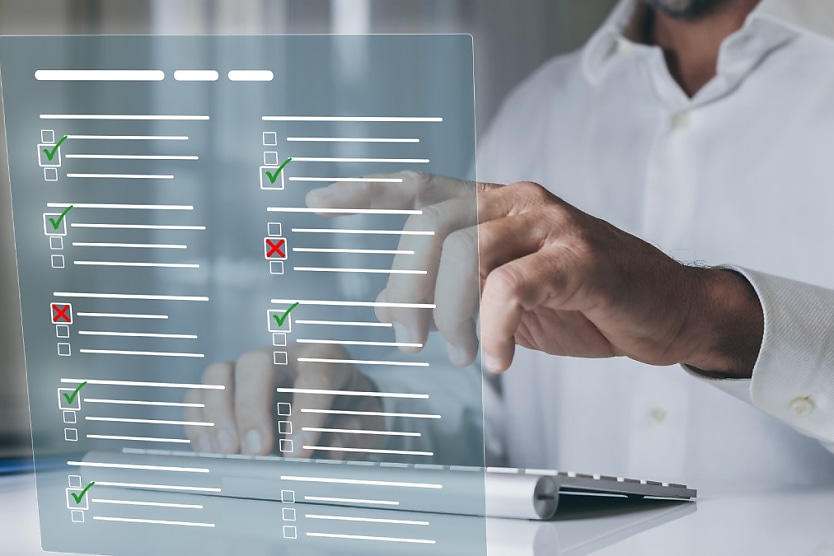5 tips for taking action after conducting a psychosocial hazards survey
SHARE THIS ARTICLE

Psychosocial hazards refer to the factors in the workplace that have the potential to affect employees’ mental, emotional and physical wellbeing.
These hazards arise from the interaction between work conditions, organisational factors, and the individual. They can impact an employee’s psychological health, physical health, social relationships, and overall quality of life.
These issues matter to a business’s overall performance. The Productivity Commission estimates that mental health costs the Australian economy between $10 billion and $18 billion in lost productivity and reduced participation, and claims related to work demands have increased by 18 per cent over the last three years.
So what can be done? Once you’ve read the previous piece titled: “Five tips to spot Psychosocial Hazards in the Workplace”, the next step is to act on the data.
Here are five actions to take after conducting the psychosocial hazards survey.
1. Analyse and interpret the data
Thoroughly analyse the collected data to gain a comprehensive understanding of the psychosocial hazards present in the workplace. This analysis should include identifying trends, patterns, and correlations to uncover the root causes and underlying factors contributing to these hazards.
It is crucial to combine the data analysis with a robust risk assessment process to assess the severity and likelihood of harm related to exposure to the identified hazards.
2. Communicate the findings
Share the findings of the data analysis and risk assessment with key stakeholders, including management, supervisors, and employees.
Effective communication is essential to raise awareness about the identified psychosocial hazards, their potential impact on employee wellbeing, and the importance of addressing them.
Additionally, transparently sharing the findings will help foster a culture of safety and support, as well as encourage your people to collaborate in the development of mitigation strategies.
3. Consult with employees and stakeholders
Involve employees and relevant stakeholders in the development and implementation of an action plan. Engage them in discussions, seek their input, and encourage their participation.
Their perspectives and experiences are invaluable for understanding the practical implications of the hazards and developing effective solutions. Additionally, consider involving health and safety committees or representative groups to ensure broad representation and support.
4. Develop an action plan
Develop a comprehensive action plan based on the data analysis, risk assessment, identified hazards and employee consultation.
The plan should outline specific strategies, initiatives, and interventions aimed at mitigating the psychosocial hazards.
Prioritise actions based on the severity and likelihood of the hazards, available resources, and feasibility of implementation.
Remember to clearly document your decision-making process and set clear goals, define responsibilities, and establish timelines to ensure accountability and progress tracking.
5. Monitor and evaluate progress
Continuously monitor and evaluate the progress of the implemented interventions.
Track key indicators, such as changes in employee feedback, incident reports, absenteeism rates, or turnover data, to gauge the impact of the interventions.
This ongoing evaluation, combined with periodic risk assessments, will help you identify emerging hazards and areas for improvement, as well as enable you to agilely adjust your strategies as needed to ensure that the workplace remains safe and supportive.
By taking these five key actions and integrating risk assessment into the process, organisations can effectively leverage the collected data to drive meaningful change, proactively manage psychosocial hazards, and promote a healthier and more productive work environment.
Don’t wait for issues to arise; identify and monitor the psychosocial hazards in your workplace. Finding psychosocial risks present in the business should be seen as taking a proactive step toward the best care for a team rather than a critique of the current environment.
By taking action now, you can ensure that you’re set up to proactively address psychosocial hazards and risks in your workplace and create a safer and more supportive culture for your employees.
By Gavin Morse, senior people scientist at Culture Amp
